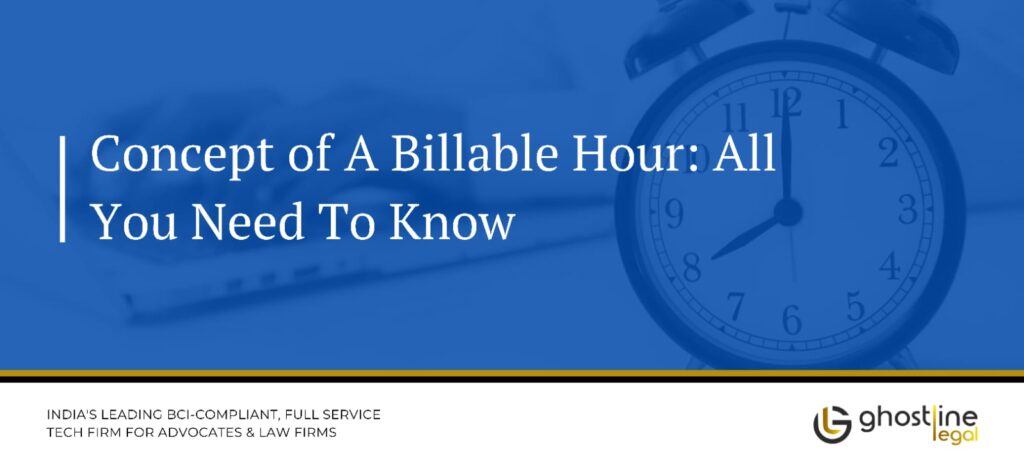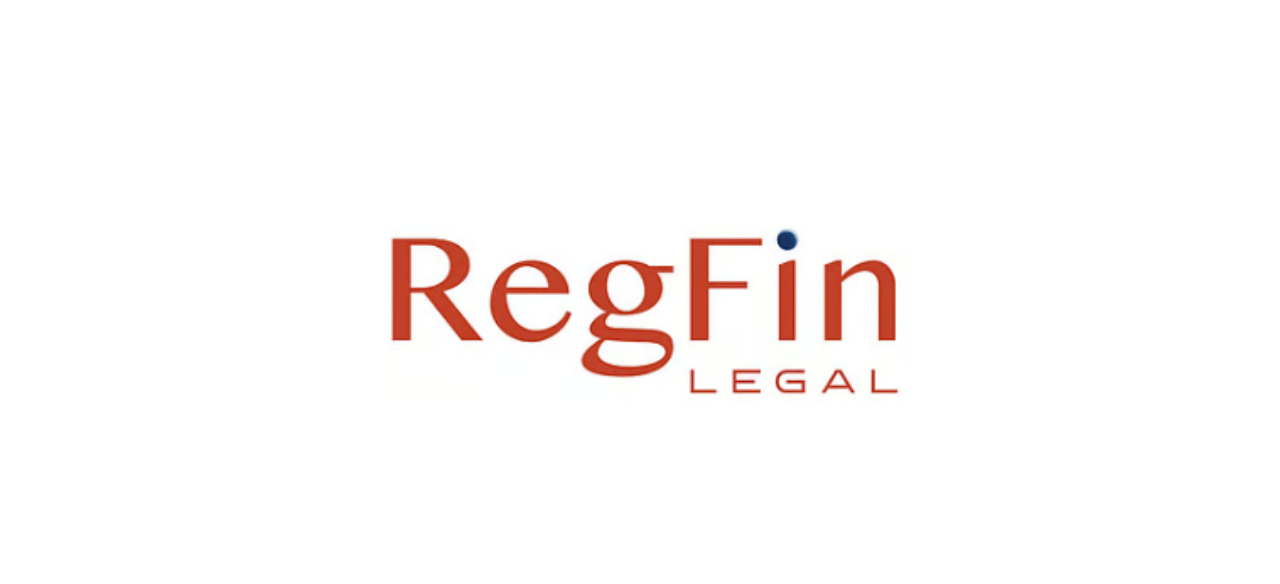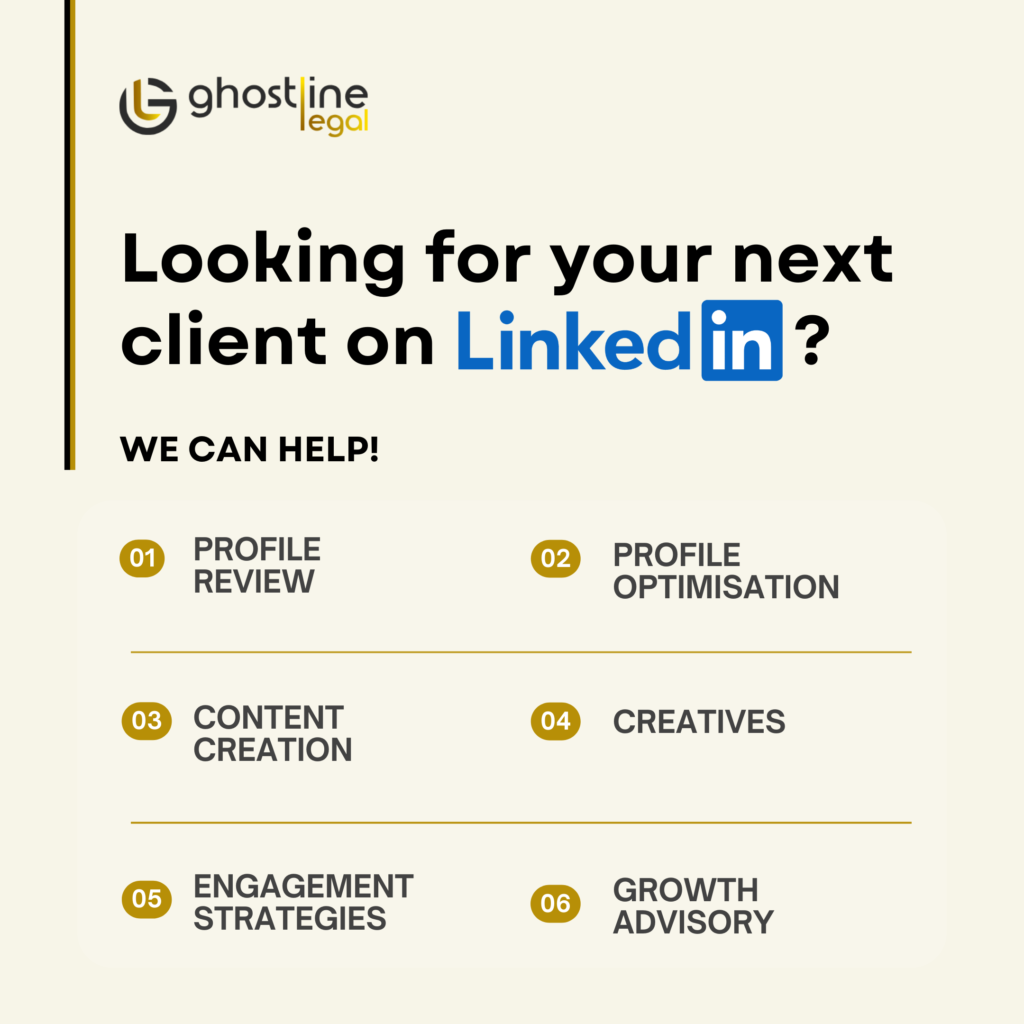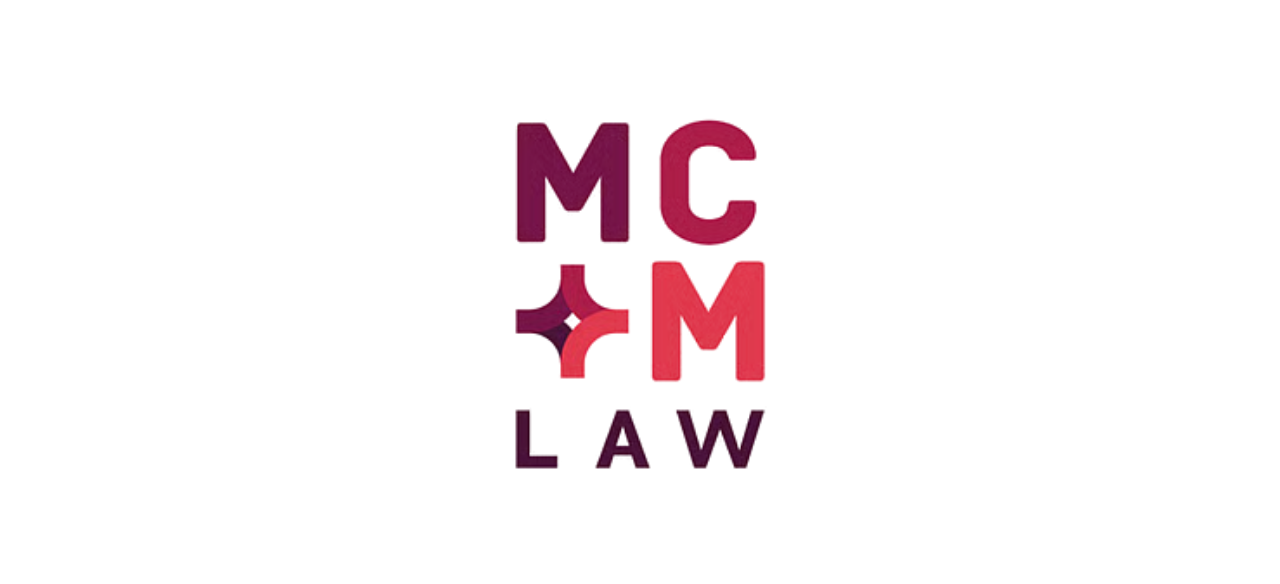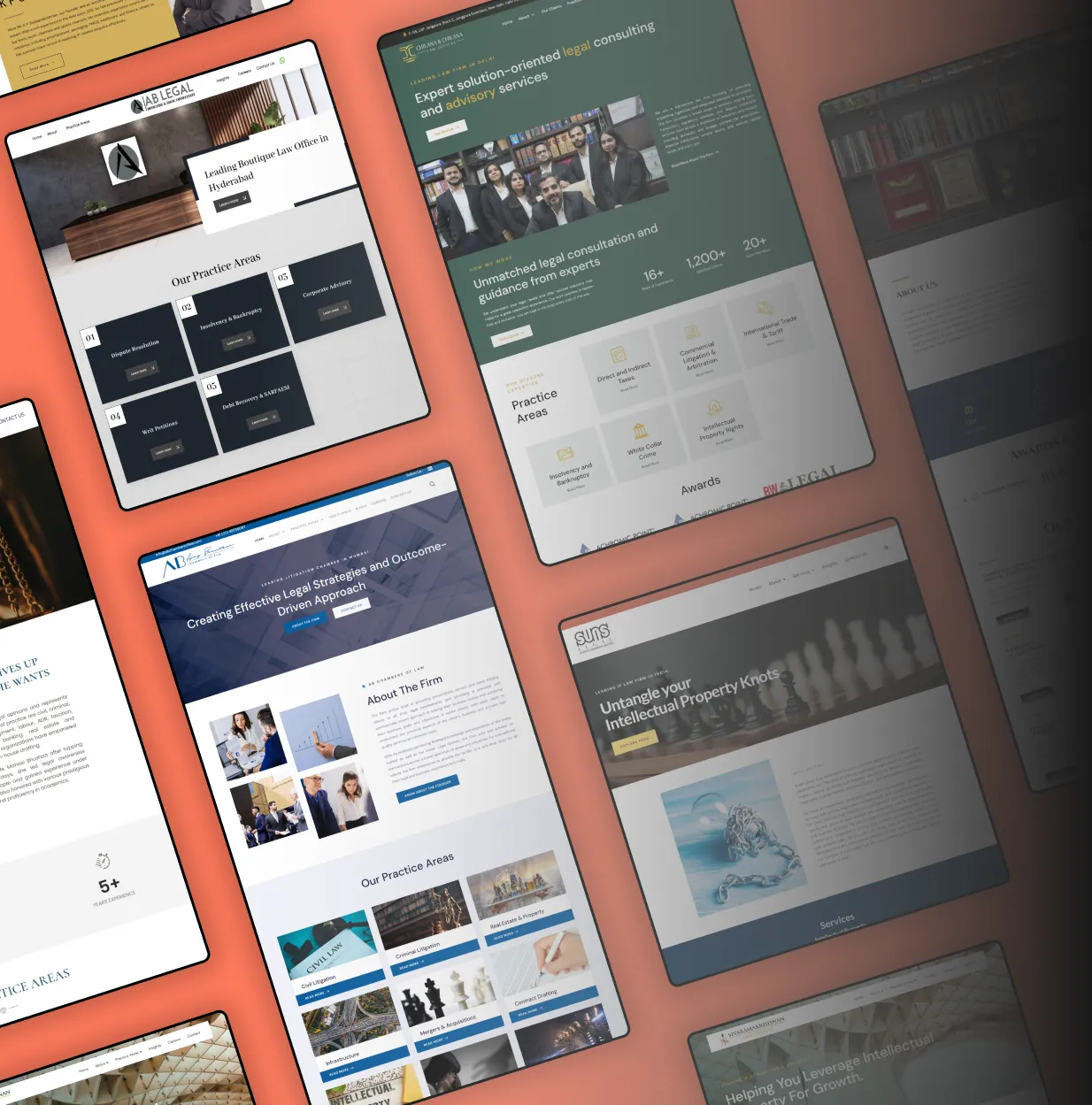Introduction
The concept of the billable hour has long been a cornerstone of various professional services, particularly in law, consulting, and accounting. It is a method where professionals charge clients based on the time spent working on their projects. The simplicity and straightforwardness of the billable hour make it an attractive model for many firms, but it also comes with its complexities and controversies[1]. This article delves into the intricacies of the billable hour, exploring its origins, implementation, advantages, drawbacks, and evolving role in today’s business landscape.
Origins and Development
The billable hour model dates back to the early 20th century when it was introduced to provide transparency and fairness in billing clients. Before its inception, many professional services were billed flat-fee, often leading to disputes and dissatisfaction among clients who felt overcharged for the services received[2]. The billable hour aimed to mitigate these issues by linking charges directly to the time spent on a client’s matter, offering a clear justification for the fees.
How the Billable Hour Works
Setting the Hourly Rate
The hourly rate is a fundamental aspect of the billable hour system. This rate varies significantly based on several factors, including the professional’s experience, the complexity of the task, the industry, and the geographical location. For instance, a seasoned lawyer in a major city might charge several hundred dollars per hour, whereas a junior associate or a professional in a smaller town might charge significantly less[3].
Tracking Billable Hours
Professionals typically use time-tracking software to meticulously log every minute spent on client-related activities. This can include meetings, research, drafting documents, phone calls, and even travel time. Accurate tracking is essential to ensure that all billable hours are recorded, which in turn impacts the firm’s revenue and profitability[4].
Advantages of the Billable Hour
- Transparency and Accountability
One of the primary benefits of the billable hour is the transparency it provides to clients. By itemizing the time spent on various tasks, clients can see exactly what they are paying for, fostering trust and accountability. This detailed accounting can help avoid misunderstandings and disputes over fees[5].
- Flexibility
The billable hour offers flexibility for both the client and the professional. Clients can tailor the amount of time and, consequently, the cost, based on their budget and needs. For professionals, this model allows them to allocate time across multiple clients and projects efficiently, maximizing their productivity.
Drawbacks of the Billable Hour
- Incentivizing Inefficiency
One of the most significant criticisms of the billable hour model is that it can incentivize inefficiency. Since professionals are paid based on the amount of time they spend on a task, there is a potential conflict of interest: the longer they take, the more they earn. This can lead to longer project timelines and higher costs for clients[6].
- Pressure and Stress
The constant need to account for every minute can create a high-pressure environment for professionals. The relentless focus on billable hours can lead to stress and burnout, affecting overall job satisfaction and work-life balance. Furthermore, the emphasis on billable hours might detract from the quality of work, as professionals may feel compelled to prioritize quantity over quality.
Alternatives to the Billable Hour
In response to the limitations of the billable hour, many firms are exploring alternative billing methods. These include flat fees, contingency fees, and value-based billing[7].
- Flat Fees
With flat fees, clients are charged a predetermined amount for a specific service, regardless of the time spent. This model provides cost certainty for clients and can incentivize efficiency for professionals. However, it requires an accurate estimation of the time and resources needed for each project to avoid potential losses.
- Contingency Fees
Common in legal practice, contingency fees are based on the outcome of a case. The professional is paid a percentage of the client’s award or settlement, aligning the interests of both parties. While this can be highly motivating, it also introduces risk, as the professional only gets paid if the case is successful.
- Value-Based Billing
Value-based billing focuses on the value provided to the client rather than the time spent. This model aims to align fees with the results achieved, emphasizing quality and outcomes over hours worked. It can foster a stronger client-professional relationship, but determining the value can be subjective and complex.
The Future of the Billable Hour[8]
The professional services industry and the approach to billing are continually evolving. Technological advancements, changing client expectations, and a growing emphasis on work-life balance are driving firms to rethink the traditional billable hour model.
Technological Advancements
Time-tracking and billing software have become increasingly sophisticated, helping professionals streamline the billing process and provide more accurate and detailed invoices. Additionally, automation and artificial intelligence are starting to reduce the time required for routine tasks, potentially decreasing the reliance on billable hours.
Changing Client Expectations
Modern clients are more informed and demanding than ever before. They seek greater value and predictability in billing, pushing firms to adopt more client-centric approaches. This shift is leading to a greater emphasis on alternative billing methods that offer transparency and value.
Emphasis on Work-Life Balance
The professional services industry is recognizing the importance of maintaining a healthy work-life balance for its employees. This realization is prompting firms to explore billing methods that reduce the pressure of billable hours and promote a more sustainable work environment.
Conclusion
The billable hour has been a fundamental billing method for professional services for over a century. While it offers transparency and flexibility, it also has notable drawbacks, including potential inefficiencies and high-stress levels for professionals. As the industry evolves, alternative billing methods such as flat fees, contingency fees, and value-based billing are gaining traction, driven by technological advancements, changing client expectations, and a focus on work-life balance. The future of billing in professional services will likely involve a blend of these models, tailored to meet the diverse needs of clients and professionals alike. As firms continue to innovate and adapt, the ultimate goal remains the same: providing fair, transparent, and valuable services to clients.
[1] https://www.runn.io/blog/billable-hours
[2] https://hubstaff.com/time-tracking/billable-vs-non-billable-hours
[3] https://www.techtarget.com/whatis/definition/billable-hours
[4] https://empmonitor.com/blog/how-to-track-billable-hours/
[5] https://cloud.tnewstraffic.com/?news&s
[6] Definitive Guide To Billable Hours (And How To Record Them) | Indeed.com
[7] Four Alternatives to Hourly Billing for Small Firms (mobar.org)
Ghostline Legal is India’s leading BCI-compliant, full-service tech and content firm catering exclusively to advocates and litigation chambers
